Art gallery

Tourism Sites
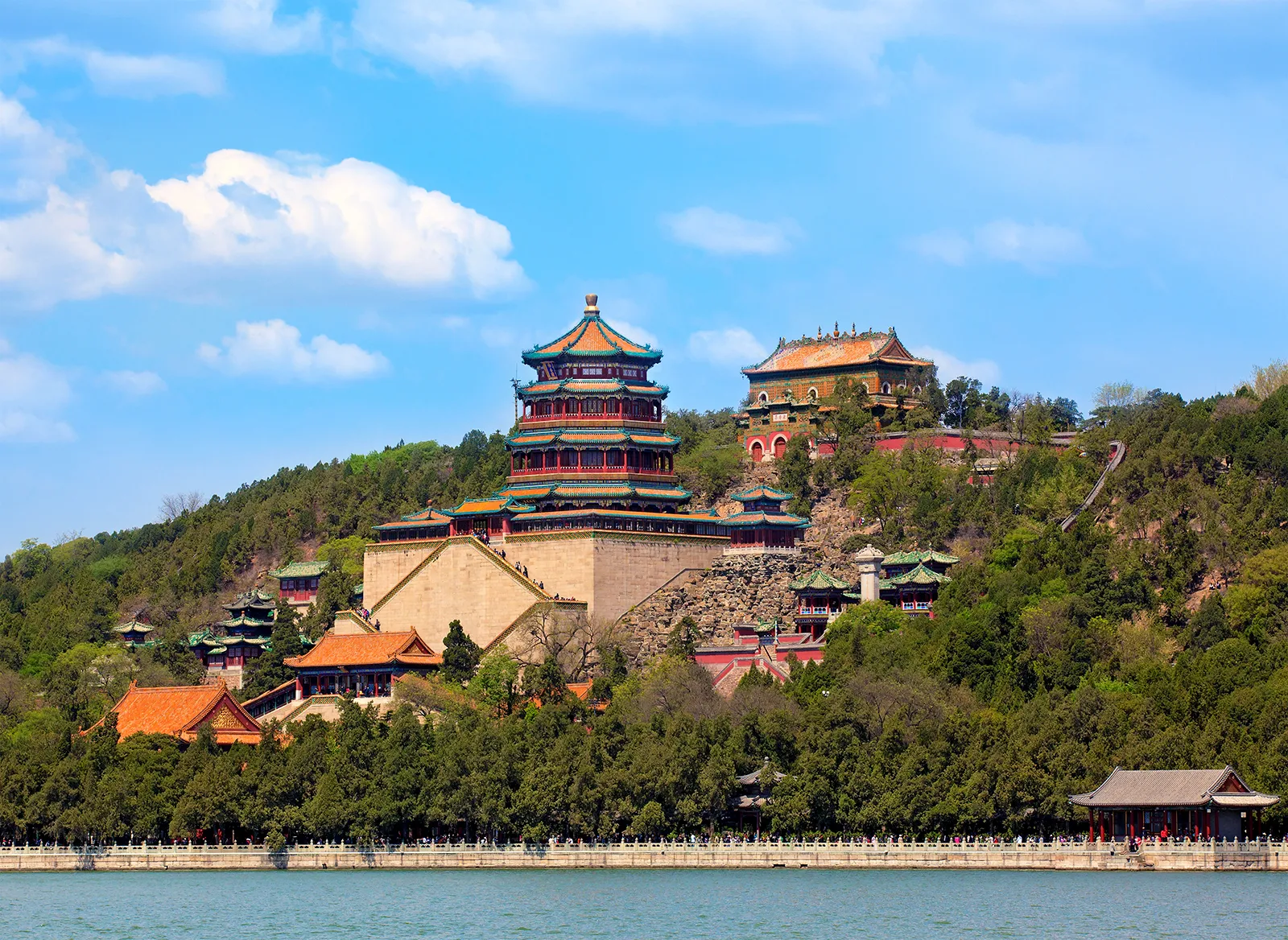
Summer Palace
🧠 Fact: A vast ensemble of lakes, gardens, and palaces.
💡 Tip: : Rent a boat to explore Kunming Lake.
Info - The Summer Palace is a grand imperial garden and retreat on the outskirts of Beijing, famous for its serene lakes, ornate pavilions, and forested hills. Dominated by Kunming Lake and Longevity Hill, the palace complex served as a luxurious summer escape for emperors seeking refuge from the city heat. Visitors can stroll along the elaborately painted Long Corridor, cruise the lake in dragon boats, and explore intricately designed temples and residences. Highlights include the Marble Boat and the Tower of Buddhist Incense. It’s a perfect blend of natural beauty, artful landscaping, and classical Chinese architecture.
- 📍 China , Beijing
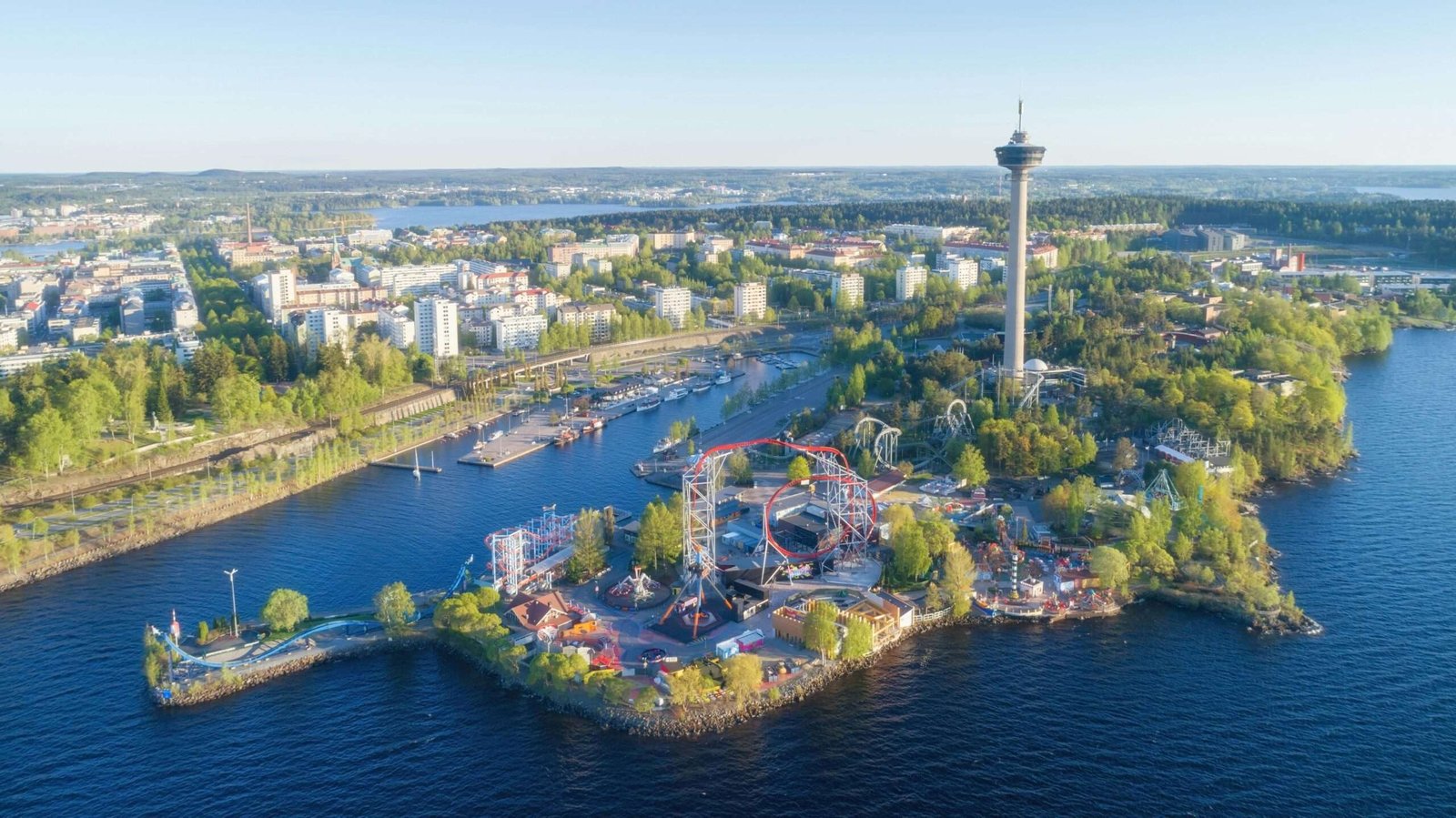
Tampere
🧠 Fact: Tampere is known for its industrial history and vibrant cultural life.
💡 Tip: Visit the Vapriikki Museum Centre, enjoy panoramic views from the Näsinneula Observation Tower, and relax in the city's numerous saunas
- 📍 Finland , Tampere
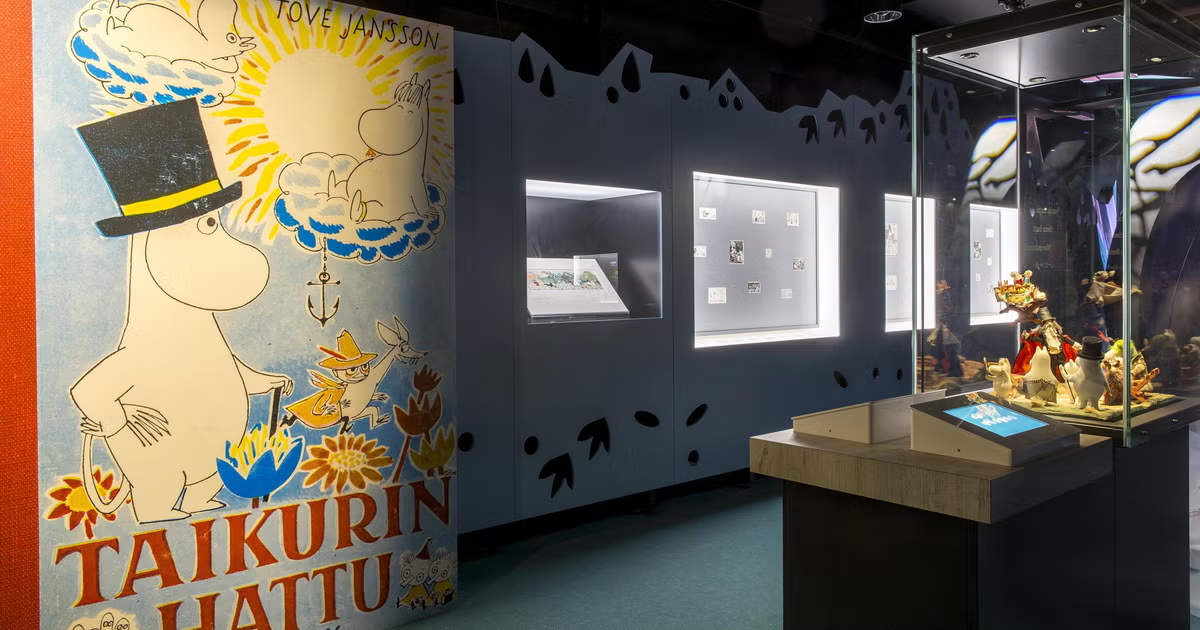
Tampere Art Museum & Moomin Museum
🧠 Fact: The only museum in the world dedicated to the Moomins.
💡 Tip: Visit both museums in one trip for a full art & culture experience
Info - Tampere offers two unique cultural gems for art and literary lovers. The Tampere Art Museum showcases Finnish art from the 19th century to modern times, featuring works by national masters and contemporary artists. Nearby, the Moomin Museum is the world’s only museum dedicated to Tove Jansson’s beloved Moomin characters. The museum’s enchanting exhibits include original drawings, dioramas, and manuscripts, immersing visitors in the whimsical Moomin world. Together, these museums highlight Tampere’s rich cultural scene, blending fine art with one of Finland’s most iconic literary treasures.
- 📍 Finland , Tampere
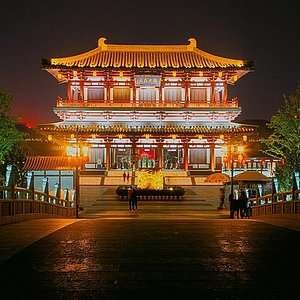
Tang Paradise
🧠 Fact: : A large theme park recreating the Tang Dynasty royal lifestyle.
💡 Tip: Attend the evening light show and cultural
Info - Tang Paradise is a large, beautifully landscaped theme park recreating the splendor of the Tang Dynasty. Covering 165 acres, it features ornate pavilions, grand halls, tranquil lakes, and classical gardens. Evening light shows, water performances, and folk dance displays bring ancient Xi’an to life. The park combines historical architecture with modern entertainment, offering everything from boat rides to traditional craft workshops. Designed to reflect Tang cultural aesthetics, it’s especially beautiful at night when illuminated by colorful lanterns. Tang Paradise is ideal for families, history lovers, and photographers seeking a scenic, immersive glimpse into imperial Chinese life.
- 📍 China, Xi’an, Shaanxi Province
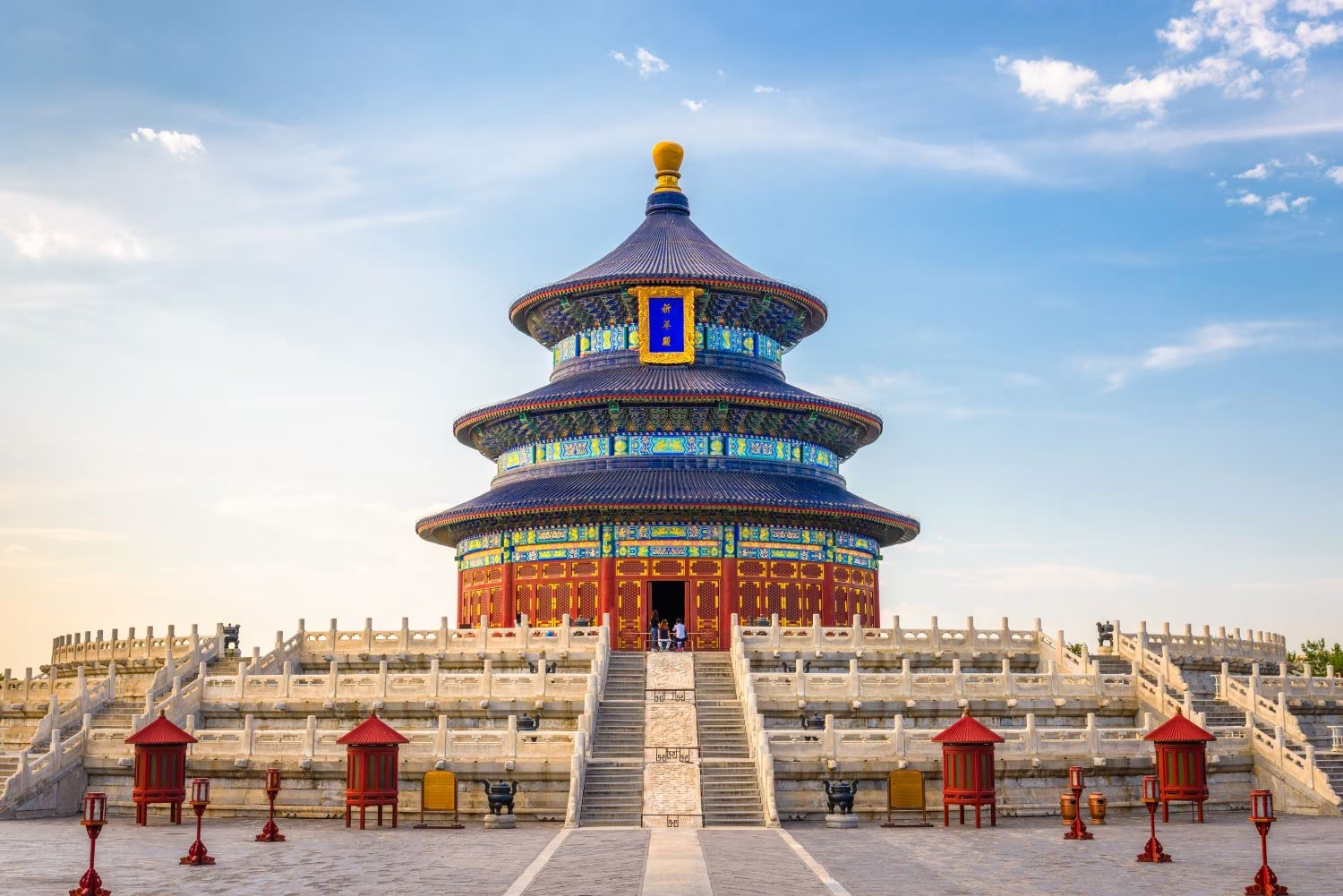
Temple of Heaven
🧠 Fact: An imperial complex where emperors prayed for good harvests.
💡 Tip: Visit in the morning to see locals practicing Tai Chi.
Info - The Temple of Heaven is a striking Ming-era complex where emperors once performed annual rites to ensure good harvests. Situated in a vast park in southeastern Beijing, it’s best known for its iconic Hall of Prayer for Good Harvests, a circular, triple-gabled structure perched on a marble platform. The surrounding park is a local favorite, filled with ancient cypress trees and lively morning gatherings of tai chi practitioners, musicians, and dancers. Its elegant architecture, spiritual significance, and serene grounds make the Temple of Heaven both a cultural treasure and a peaceful urban retreat.
- 📍 China , Beijing
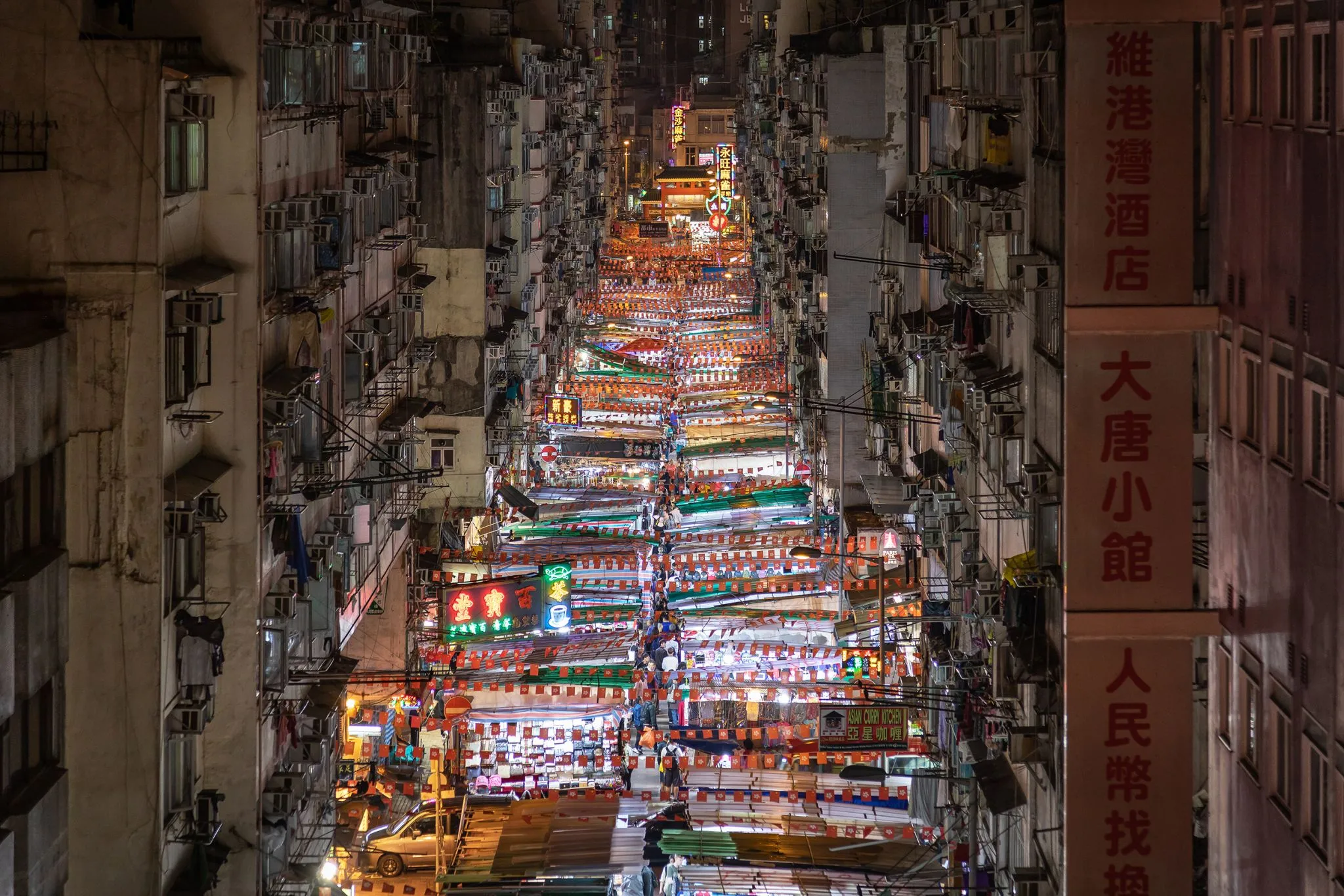
Temple Street Night Market
🧠 Fact: A lively market known for street food, souvenirs, and fortune tellers.
💡 Tip: Bargaining is expected—start low!
Info - Temple Street Night Market is one of Hong Kong’s most iconic street markets, famed for its lively, bustling atmosphere after sundown. Located in Kowloon’s Yau Ma Tei district, it’s a vibrant hub for bargain shopping, local street food, and fortune telling. Stalls line the street selling everything from clothes and accessories to electronics and souvenirs. Food stalls tempt visitors with local favorites like clay pot rice, seafood, and curry fishballs. The market also features impromptu Cantonese opera performances and palm readers. It’s a must-visit for those craving authentic Hong Kong street culture and vibrant night-time energy.
- 📍 China, Hong Kong
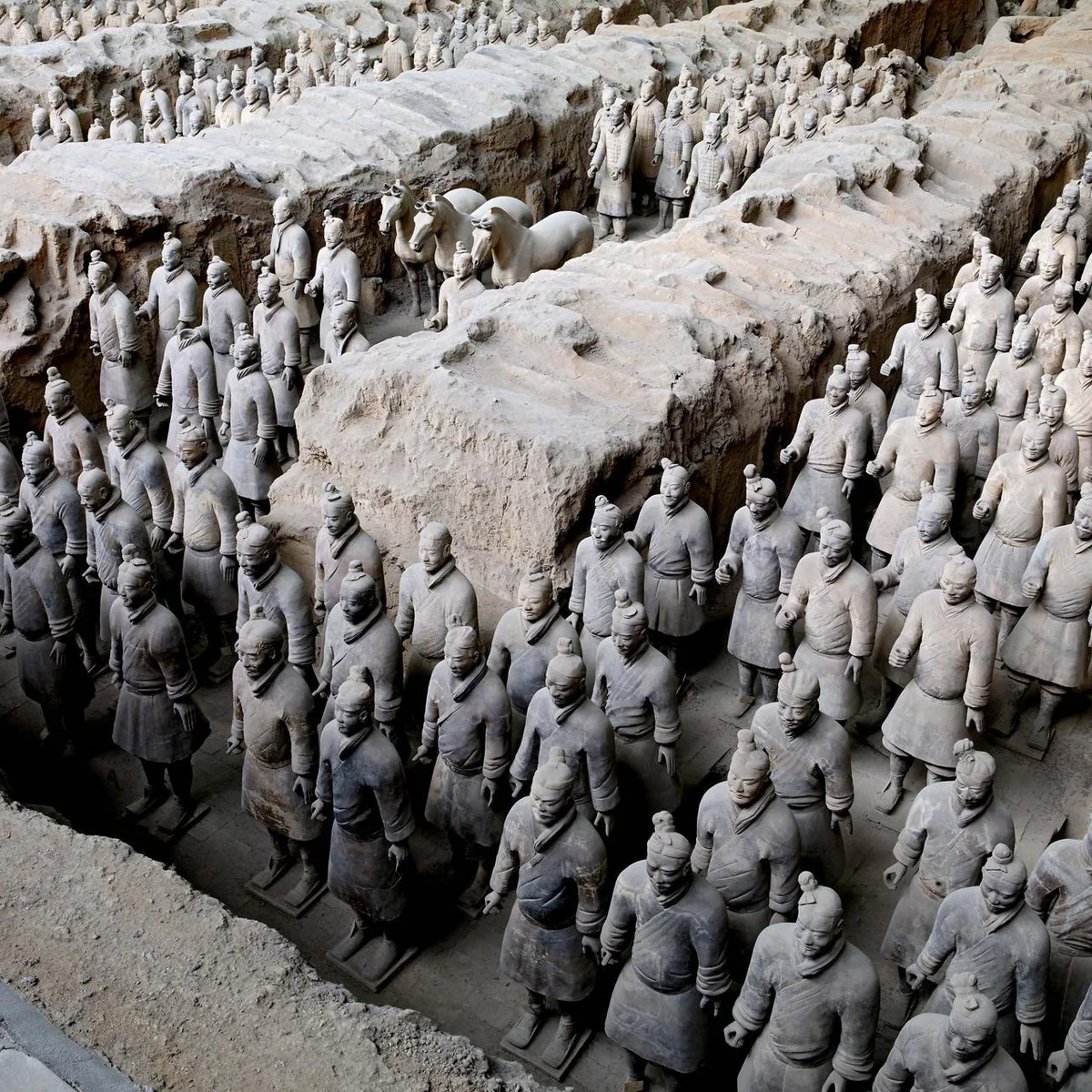
Terracotta Army
🧠 Fact: : Over 8,000 life-sized warriors guarding the tomb of China’s first emperor.
💡 Tip: Hire a guide to understand the historical context better.
Info - The Terracotta Army is one of China’s most astonishing archaeological discoveries. Buried near Emperor Qin Shi Huang’s mausoleum, over 8,000 life-sized clay soldiers, horses, and chariots stand in formation, guarding the emperor for eternity. Discovered in 1974, these remarkably detailed figures, each with unique facial features, offer an extraordinary glimpse into ancient military organization and artistry. The site’s museum includes several excavation pits, historical exhibits, and multimedia displays explaining the warriors’ history. A visit here provides a powerful sense of China’s imperial past and showcases the scale of ambition in the country’s earliest unified dynasty.
- 📍 China, Xi’an, Shaanxi Province
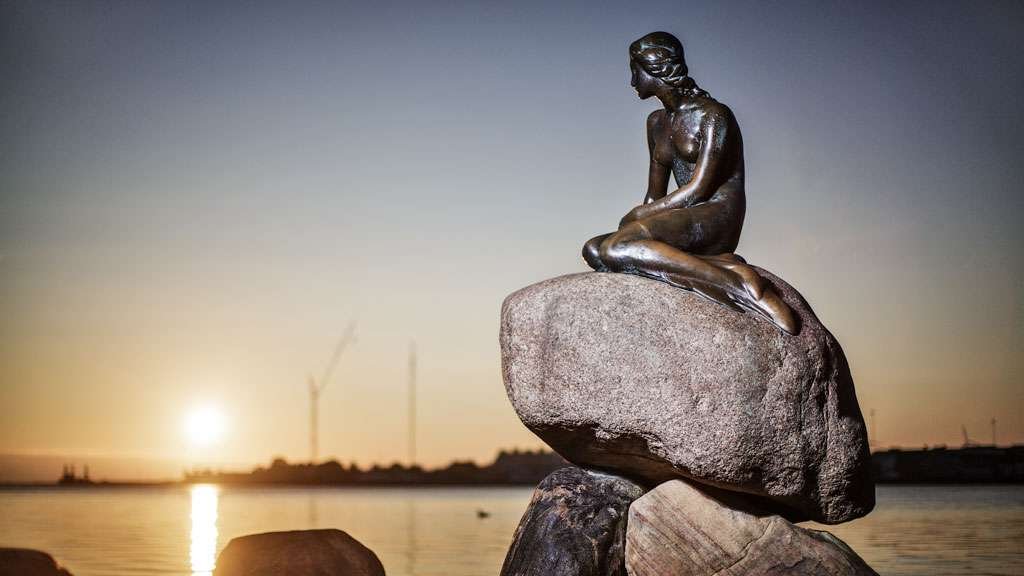
The Little Mermaid Statue
🧠 Fact: The statue is based on Hans Christian Andersen’s famous fairy tale and was unveiled in 1913.
💡 Tip: Visit early morning or late evening for fewer crowds.
Info - Copenhagen’s iconic Little Mermaid statue sits quietly on a rock by the Langelinie promenade. Inspired by Hans Christian Andersen’s beloved fairy tale, the bronze sculpture was created in 1913 by Edvard Eriksen. Though modest in size, it’s one of Denmark’s most visited landmarks. The statue symbolizes unrequited love and sacrifice, mirroring the mermaid’s story. While opinions on its size vary, its cultural significance is undeniable. Visitors often combine a stop here with walks along Copenhagen’s waterfront. Its simple elegance and enduring fairytale charm make it a symbol of the city’s literary and artistic heritage.
- 📍 Denmark, Copenhagen
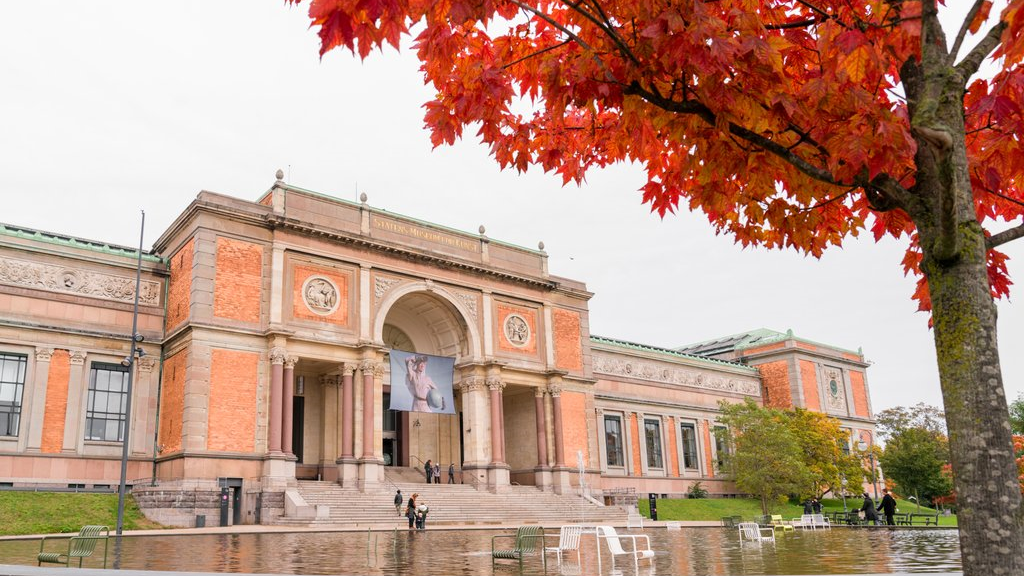
The National Gallery of Denmark (SMK)
🧠 Fact: The largest art museum in Denmark, home to works from Rembrandt to Matisse.
💡 Tip: Admission is free for the permanent exhibitions.
Info - The National Gallery of Denmark (Statens Museum for Kunst) is the country’s largest art museum, showcasing works from the 14th century to today. Located in central Copenhagen, SMK’s elegant galleries feature masterpieces by Matisse, Rubens, Rembrandt, and Danish Golden Age painters. Its modern wing houses contemporary installations and experimental exhibitions. The museum’s glass-roofed atrium and garden views offer a tranquil escape in the city. Regular workshops, concerts, and talks enhance its cultural appeal. For art lovers, SMK is a top-tier destination blending classical elegance with bold, modern creativity in a beautiful, light-filled setting.
- 📍 Denmark, Copenhagen

Tianzifang Art District
🧠 Fact: : A maze of lanes filled with artsy shops, cafés, and studios.
💡 Tip: Great spot for indie gifts and street photography.
Info - Tianzifang is a trendy arts and lifestyle district set within a maze of narrow alleyways in Shanghai’s French Concession. Formerly a traditional residential area, it’s been transformed into a bohemian enclave filled with art studios, quirky boutiques, cozy cafés, and international restaurants. Preserving its old Shikumen-style architecture, the district combines history with creative energy. Visitors can explore hidden galleries, sip craft coffee, or shop for handmade jewelry and ceramics. Tianzifang is a favorite hangout for locals and tourists seeking a more laid-back, artistic side of Shanghai away from the skyscrapers and shopping malls.
- 📍 China, Shanghai
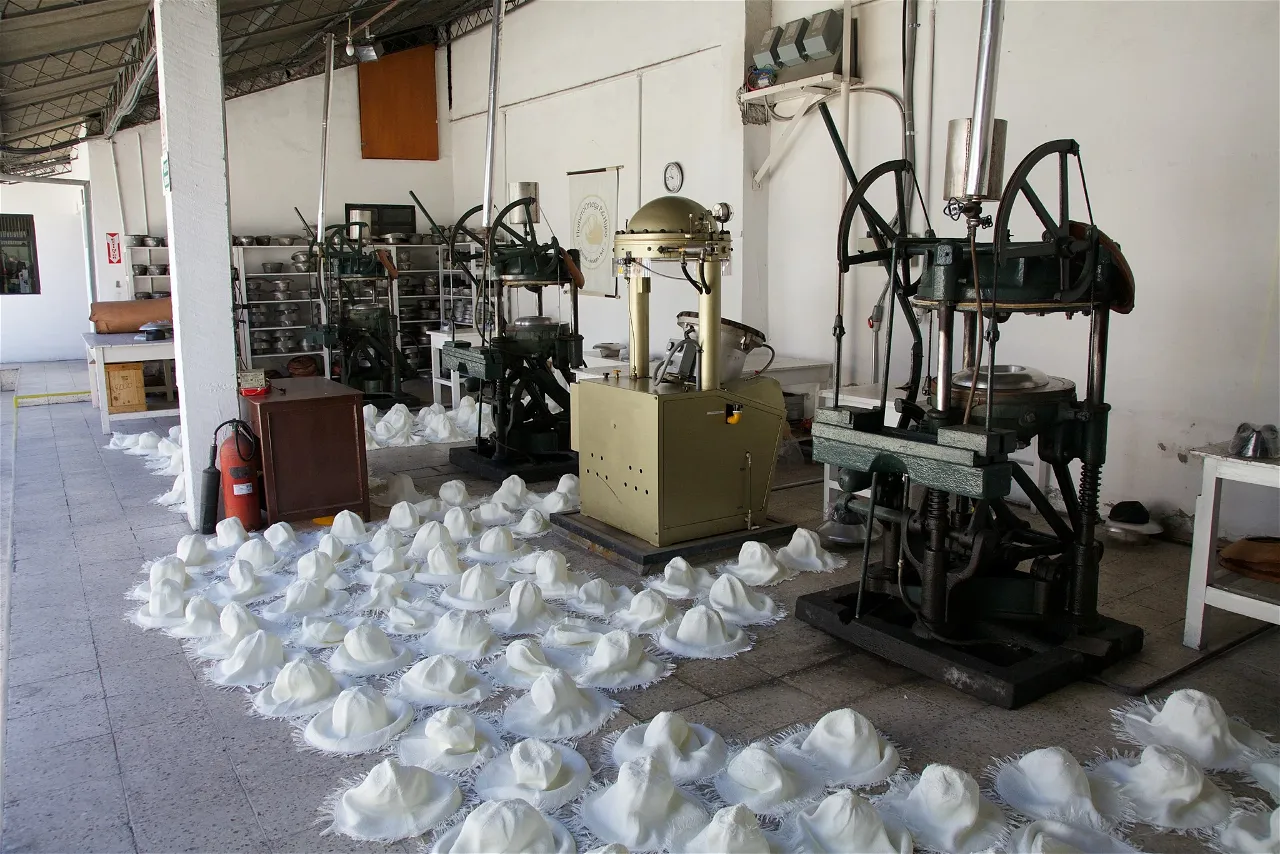
Visit the Panama Hat Museum
🧠 Fact: Despite the name, Panama hats originate from Ecuador, and this museum showcases their history.
💡 Tip: Watch artisans at work and purchase authentic hats directly.
Info - Despite its name, the iconic Panama hat originated in Ecuador, and Cuenca remains one of its key production centers. At the Panama Hat Museum (Museo del Sombrero), visitors can learn about the history, craftsmanship, and cultural importance of this famous accessory. Watch artisans hand-weave toquilla straw into finely made hats, browse antique weaving tools, and explore exhibits on hat-making traditions. The museum also houses a shop selling a wide selection of authentic, locally made Panama hats in various styles. It’s a unique cultural stop celebrating Ecuador’s most famous global export.
- 📍 Ecuador , Cuenca
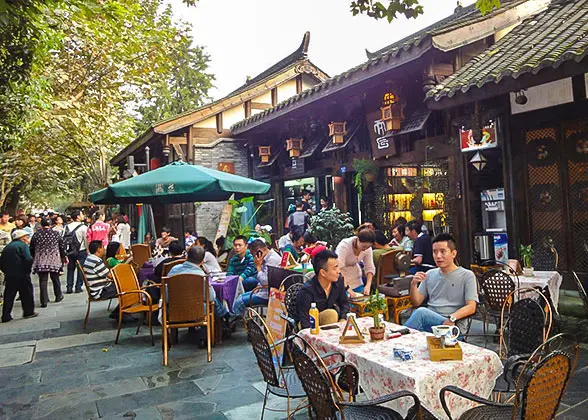
Wide and Narrow Alleys (Kuanzhai Xiangzi)
🧠 Fact: : Historic alleyways with restored Qing Dynasty architecture.
💡 Tip: Go in the evening for lights, snacks, and live shows.
Info - The Wide and Narrow Alleys, known locally as Kuanzhai Xiangzi, are a trio of historic lanes that blend Qing Dynasty architecture with modern Chengdu charm. “Wide” alleys showcase traditional courtyard homes and boutique cafes, while “Narrow” alleys are lined with trendy shops and street food stalls. The third, “Well” alley, highlights local life and art. The area buzzes with energy, offering a perfect mix of culture, cuisine, and photo-worthy spots. By day it’s great for exploring and shopping; by night, it transforms into a lively area of lights and music. Kuanzhai is Chengdu’s cultural pulse in one compact stroll.
- 📍 China , Chengdu, Sichuan Province
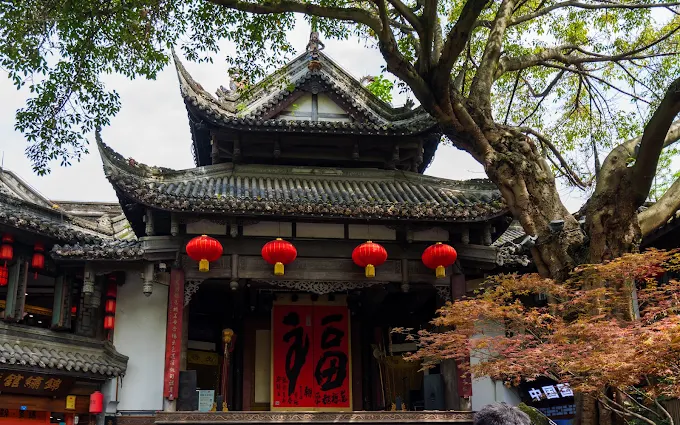
Wuhou Shrine (Temple of Marquis Wu)
🧠 Fact: Dedicated to Zhuge Liang, a revered strategist from the Three Kingdoms period.
💡 Tip: Combine with a stroll through Jinli Street next door.
Info - Wuhou Shrine, also known as the Temple of Marquis Wu, honors Zhuge Liang, a revered strategist of the Three Kingdoms period. Set in lush gardens in southern Chengdu, this historical site reflects deep cultural and historical significance. The complex features ancient statues, calligraphy, and tombs of notable figures from the Shu Han state, including Liu Bei. Walking through its traditional courtyards and shaded pathways feels like stepping into ancient history. The shrine is especially beautiful in spring, with blooming flowers adding to the tranquil atmosphere. It’s a peaceful place for history lovers and cultural explorers alike.
- 📍 China , Chengdu, Sichuan Province
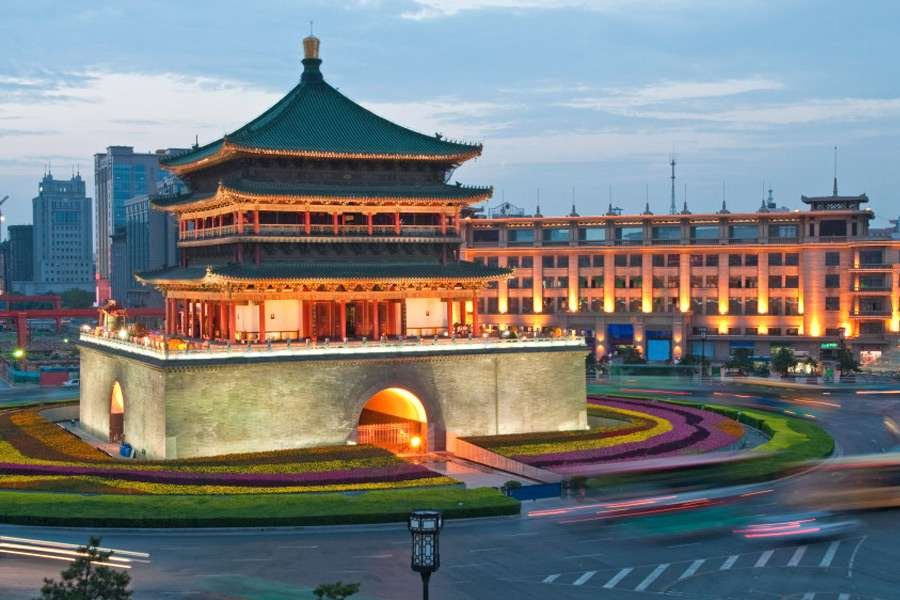
Xi’an Bell Tower
🧠 Fact: Located at the city’s center, this Ming-era tower is a symbol of Xi’an.
💡 Tip: The night view with lights is especially beautiful.
Info - Located at the heart of Xi’an’s city center, the Bell Tower is a magnificent Ming Dynasty structure symbolizing the city’s historic significance. Built in 1384, the tower once rang out to mark time and warn of invasions. Its elegant, multi-tiered wooden architecture features intricate carvings and green-glazed tiles. Inside, visitors find ancient bells and exhibits on Xi’an’s urban history. The tower’s position offers panoramic views of the bustling streets and Ancient City Wall. At night, the beautifully illuminated structure becomes a striking city landmark. It’s a great place to start any walking tour of Xi’an’s old town.
- 📍 China, Xi’an, Shaanxi Province
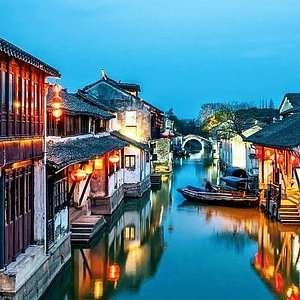
Zhouzhuang Museum
🧠 Fact: A small but informative museum on the town’s history and culture.
💡 Tip: Great first stop to understand what you're seeing.
Info - Housed in a beautifully preserved Qing Dynasty mansion, the Zhouzhuang Museum offers visitors a comprehensive look at the town’s rich history and culture. Its exhibits cover local traditions, ancient artifacts, architectural heritage, and the history of water-town commerce. Highlights include delicate Qing porcelain, traditional household wares, and centuries-old farming and fishing tools. The museum also features models illustrating the town’s canal network and its famed bridges. Wandering its halls and courtyards, visitors gain a deeper appreciation for Zhouzhuang’s legacy as one of China’s oldest and most celebrated water towns.
- 📍 China, Zhouzhuang
